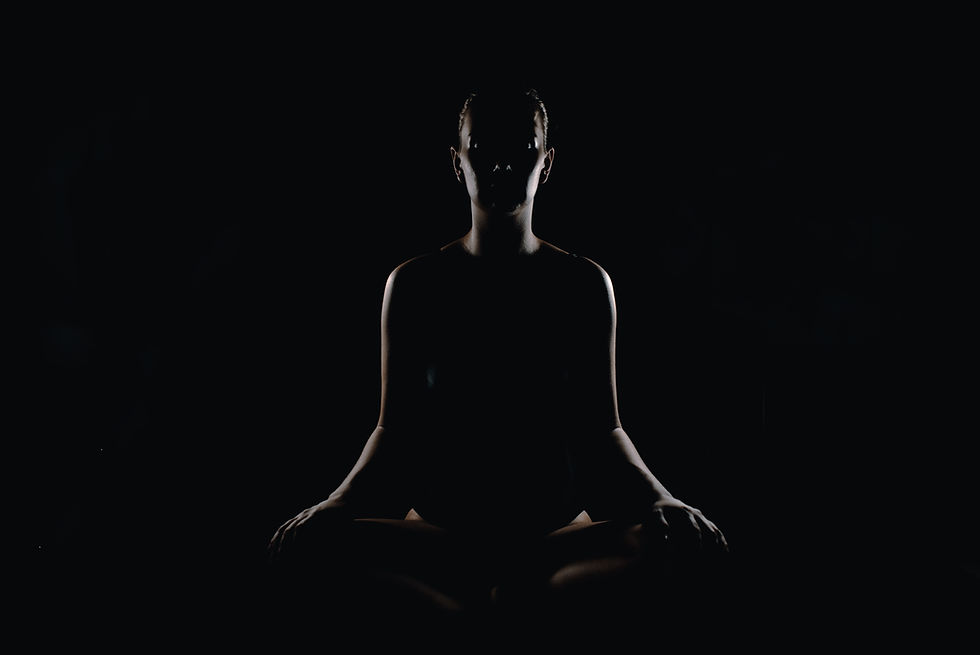The Light
- Dina

- Jan 24, 2021
- 3 min read
No single answer to the question “What is light?” satisfies the many contexts in which light is experienced, explored, and exploited.
Light is the most universal and fundamental symbol in all spiritual tradition.
Titus Burckhardt writes, “There is no more perfect symbol of the Divine Unity than light.” Rene Guénon also held this view: “Light is the traditional symbol of the very nature of the Spirit.” Frithjof Schuon discusses the metaphysical or esoteric symbolism of veiling and unveiling: “Esoterism or gnosis, being the science of Light, is thereby the science of veilings and unveilings, and necessarily so since on the one hand discursive thought and the language that expresses it constitute a veil, while on the other hand the purpose of this veil is the Light.”
Since ancient time people already use sacred fire ceremony as their spiritual ceremony.
In Hinduism, diwali (festival of the light) is the major festival celebrate by Hindus, Jains and Sikhs.
Diwali is derived from the Sanskrit term ”dipavali”, meaning “row of lights.” The festival generally symbolizes the victory of light over darkness. The Pavamana Mantra (pavamāna meaning "being purified”), an ancient prayer from Bṛhadāraṇyaka Upaniṣad (1.3.28.)
asato ma sad gamaya (From the unreal lead me to the real!)
tamaso ma jyotir gamaya (From the darkness lead me to the light!)
mrtyor ma amrtam gamaya ( From death lead me to immortality!)
Light is the source of goodness and the ultimate reality, and it accompanies transcendence into the Nirvana of Buddhist doctrine.
Luminosity or clear light (Tibetan 'od gsal, Sanskrit prabhāsvara), is a central concept in Esoteric Buddhism, Tibetan Buddhism and Bon.
It is the innate condition of the mind, associated with buddha-nature, the realisation of which is the goal of meditative practice.
In the Bible, stated very clearly,”God is Light, and in Him there is no darkness at all.” (John 1:5) . Light also serves as a metaphor for Torah, mitzvot, and the human soul as the Proverbs teach, "A mitzvah is a candle, and the Torah is light" (Proverbs 6:23) and "A candle of God is the soul of man" (Proverbs 20:27).
Nūr (Arabic: النور) may refer to the "Light of God". The word "nūr'" is Arabic for "heatless light", and has been passed on to many other languages. The word nūr comes from the same root as the Hebrew aor, the primal light described in the Book of Genesis that was created at the beginning. In Aramaic the term nūr means fire. In Aramaic it became associated with igniting candles, shifting the term to the meaning of fire, while nūr became light.
The mystical Sura 24 of the Quran contains the Ayat an-Nur, the Verse of Light (Q24:35), which reads, "God is the light of the heavens and the earth; the likeness of His light is as a niche wherein is a lamp (the lamp in a glass, the glass as it were a glittering star) kindled from a Blessed Tree, an olive that is neither of the East nor of the West whose oil well nigh would shine, even if no fire touched it; light upon light; (God guides to His light whom he will.)"
We can see the external light with our eye - to see and to know the divine light described by all scripture, we need the eye of the heart. To open the eye of the heart, we need to purify the heart, using religious teachings as a guidance. Only with the light of God that we can know Him and love Him.








Comments